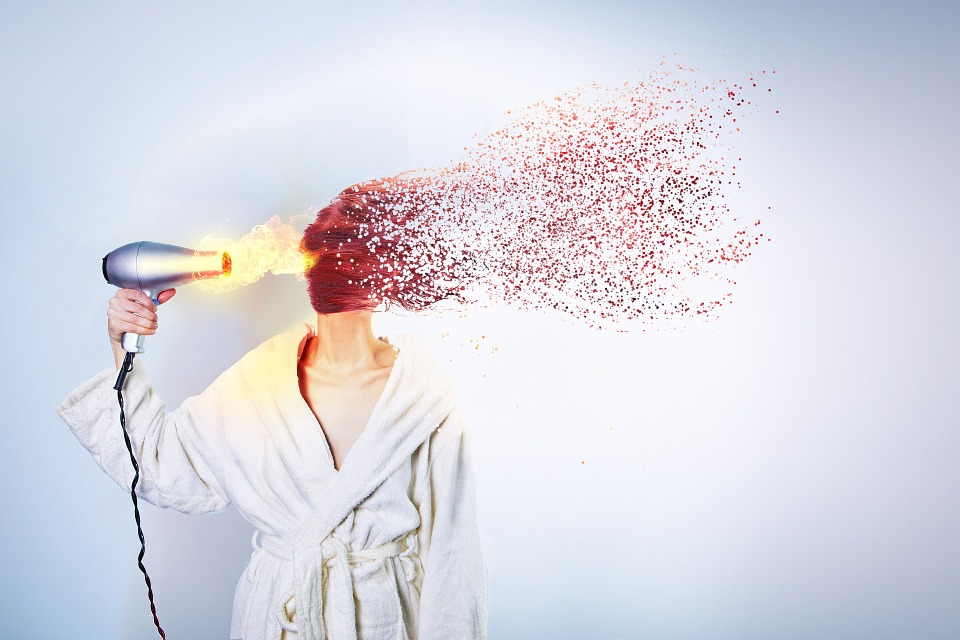5 Salient Causes of Hair Loss in Women You Should Worry About
If you thought that hair loss was a condition that affected only men, think again! According to the American Academy of Dermatology, hair loss in women is an equally worrying condition. Close to 40% of women experience major hair loss as they near the age of 40.
Associate professor of dermatology and program director of dermatology residency at the University of Rochester in Rochester, N.Y., Mary Gail Mercurio, MD, FAAD reveals, “In the past, many women experiencing hair loss would suffer in silence, not knowing where to turn for help and trying their best to hide the problem. But now, I see more and more women in my practice seeking treatment for hair loss and actively addressing this condition. That’s encouraging, as the sooner hair loss is diagnosed, the better our chances of successfully treating it.”
Hair Loss in Women is Different as Compared to Men
Hair loss in women manifests itself differently than in men. The most common symptoms among men are a balding pate and receding hairline. Women, on the other hand, may notice symptoms like a widening parting and thinning all over the scalp. You may also notice that the hair strands are thinner than before and have a drier, limp texture without the bounce. If you start to notice hair loss of more than 80 strands a day with the hair growing back much slower or not at all, it might be time to seek help.
Let’s take a closer look at the main causes of hair loss you could have and how to fix the problem.
1. Female Genetic Alopecia
Like men, women may also be genetically prone to having hair loss. A good move is to check with the female members of your family for the patterns of hair loss they’re experiencing. You might just find that your condition is similar to theirs. Remember, close to 30 million American women may have hair loss because of faulty genes. A good solution is to try Platelet Rich Plasma (PRP) therapy. A natural treatment that uses your blood to create a serum, the therapy can rejuvenate dormant hair follicles and stimulate them to begin producing hair again.
Like the expert consultants at PRP Injection MD reveal, the serum contains a concentration of growth factors and platelets that revive the dying follicles and also nourish them. You may need 4 to 6 sessions spaced at intervals of 3 to 4 weeks depending on the severity of your hair loss. Within 4 weeks after the initial treatment, you’re likely to notice new hair growth all over the scalp.
2. Medical Conditions and Ailments
Check out this article on WebMD that talks about how your hair is a vital indication of your overall health and wellness. If you’ve been losing hair quickly, you may want to check with your medical practitioner for underlying health problems like, say, thyroid imbalances. Skin infections and conditions like seborrheic dermatitis and psoriasis in the scalp can also trigger hair loss in women. Your doctor will likely run a blood test to check for thyroid imbalances or direct you to get treatment from an expert dermatologist. Once your health issues are resolved and the infections cured, you might just notice that your hair growth is restored.
3. Reproductive Health Issues
Problems with your reproductive system can also result in hair loss. If you’ve been having irregular or extended menstrual cycles, that could be an indication of Polycystic Ovarian Syndrome (PCOS). Your gynecologist may recommend that you get diagnostic tests like pelvic exams, ultrasounds, and blood tests to identify the problem. Although there are no cures for the condition, your doctor may help you manage the symptoms that can include hair loss.
If you’re nearing the age of 50, waning hormone levels like estrogen and progesterone can also cause hair loss in women. To help restore the balance, you could consider opting for natural solutions like bioidentical hormone replacement therapy. Taking supplements can replace the lowered levels of hormones and perhaps, resolve the hair loss issue. Of course, you could always consider getting PRP therapy to help you.
4. Dietary Deficiencies
Read this feature on HealthLine and you will learn that an inadequate intake of essential vitamins and minerals can cause hair loss in women. If you have been dieting to lose weight, you might find that you’re losing hair along with the excess inches. While being obese or overweight is not good for your health, you may want to design the weight loss by including a healthy, balanced diet and regular exercise. Check with your medical practitioner and get a blood test to identify deficiencies like iron, zinc, vitamin D, and biotin or vitamin B7 as it is also called.
Replace the shortfall of vitamins with foods that are rich in these minerals. Like, for instance, eggs, nuts, seeds, green leafy vegetables, cruciferous vegetables, and whole grains that will nourish your body (and, hair) without interfering with your weight loss efforts. You could also ask your doctor for supplements that can replace the deficiency quickly.
5. Chemical Hair Products and Overstyling
Using chemical hair products like gels, sprays, hair color, and any others can weaken the hair shaft and cause breakage. Celia Shatzman warns in this feature on Forbes that these products can seep into the scalp and weaken the hair follicles also. If you regularly style your hair into cornrows or use straightening and curling irons and blow dryers, you could end up damaging the hair. Further, over brushing, tugging, and rubbing wet hair aggressively can cause it to fall out. Avoid the use of chemical products and opt instead for organic and natural cleansing and setting agents. Consider applying hair masks to nourish the strands and follicles for healthier growth.
Aside from these 5 major factors, stress, anxiety, environmental pollution, and excessive sun exposure can cause hair loss in women. A good solution is to check with your trichologist for the specific reason why you’re losing your tresses and take the necessary steps to correct the problem.




